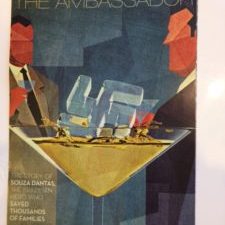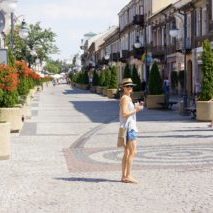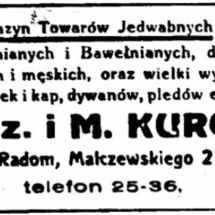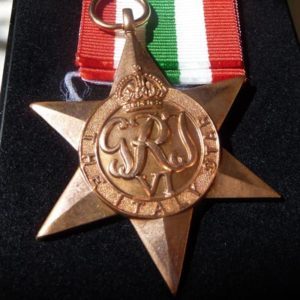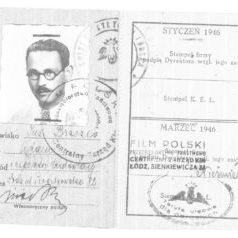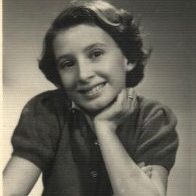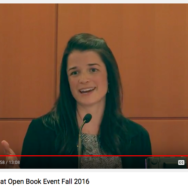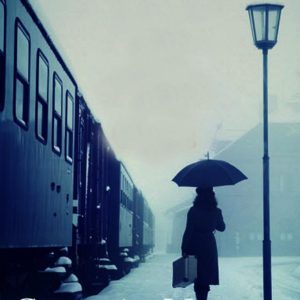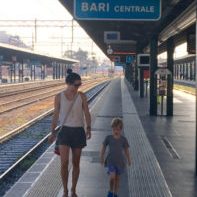Tracing the Family’s Footsteps: a 1,100-Kilometer Quest
The other day, when it registered that Wyatt would be starting school in a couple of weeks, I realized just how much of this summer has been devoted to The Eternal Ones. In some ways, it’s as if I’ve been living two parallel lives—one in the moment, and one in an alternate universe, seventy years in the past. July was all about incorporating the feedback I’d received in June from my editor, Sarah. When I wasn’t shuttling between soccer camp and swim practice, I was in full-fledged editing mode. By the time I sent off a revised manuscript at the end of the month, I was bleary-eyed and relieved to have the book off of my plate for a few weeks. I left the following day for Martha’s Vineyard, for a family gathering in honor of my grandmother, Caroline.
Twenty-four relatives flew and ferried in for our Vineyard get-together, from Rio de Janeiro, Paris, Oakland, Orange County, Miami, Chattanooga, Chelsea, and Boston. It was heartwarming, to share meals and reminisce together about the beautiful woman my grandmother was (if we could all just channel her virtue, her calm! we sighed)—and also surreal, to be surrounded by several of the family members whom I’d interviewed so long ago—for theirs were the stories that lay the groundwork for The Eternal Ones. I hadn’t seen many of these relatives in months (years, in some cases), but I was struck by a sense of familiarity the moment I greeted each, as if the process of immersing myself so deeply in our shared ancestral past had somehow brought us closer.

My son Wyatt enjoyed getting to know his extended family—here we are with one of my mother’s first cousins, Ricardo, whose family fled war-torn Europe when he was an infant.
When I wasn’t at the beach or bent over a jigsaw puzzle or helping myself to a second portion of Anna’s Brazilian feijoada, I spent my free time on the island picking brains and pulling addresses from my manuscript, preparing for a trip I’d been wanting to take for years.
On the first of August, Robert and I tucked our passports, international driver’s licenses, and cameras into our carry-ons and set off from Edgartown through JFK and Paris to Warsaw, where we began a 1,100-kilometer journey on land through Poland, the Czech Republic, and Austria. Our goal: to follow the path of the Kurc family, who traveled the same route seventy years ago, in search of freedom. Robert coined it our Eternal Quest.
We would explore Warsaw and Krakow, where several family members barely survived the war in hiding, or incarcerated. We would visit Radom, where my grandfather grew up. Ultimately, we would push south through Vienna to Villach, Austria, where, to avoid the border, the family opted to sneak over the Julian Alps into Italy—on foot. It was an ambitious itinerary but it was nothing, of course, compared to the trek the family faced.
As we entered our first address into our GPS at Warsaw’s Chopin Airport, my pulse thrummed with the anticipatory sense that I had no concept of what, exactly, the next ten days would bring. I hadn’t a clue that in a few hours I would meet a young Polish/French woman, Elena, whose grandmother had fought in the 1944 Warsaw Uprising. I had no idea what it would feel like to discover a mezuzah affixed to the arched doorway at the family’s old address in Radom—one of the only remaining signs of pre-war Jewish life in the city. To run my fingers over it as my grandfather and his parents and brothers and sisters certainly had. I had no way of knowing I would fall in love with the medieval one-time capital city of Krakow, or that it would take me hours to find the strength to speak again after walking through the infamous death camp complex of Birkenau.

A memorial to the 1944 Warsaw Uprising, bedecked in candles. The uprising, led by the Polish Home Army, was the largest military resistance movement during WWII. In two months of fighting, some 60% of the city was destroyed by German bombs, and hundreds of thousands of Polish civilians and soldiers were killed. Three of my grandfather’s siblings were in Warsaw at the time.
Robert and I are home now, happily exhausted and fulfilled. I’m still processing the experience, and it would take days to describe just how grounding, at times heartbreaking, and overwhelmingly inspiring the trip was—so for now I’ll simply share a few touching moments, in photographs.
But first—a thank you to Robert, the most adventurous person I know—the engine behind this endeavor, not to mention a tireless and phenomenal photographer and videographer. Thank you as well to Jakub and Olga, who took hours (and hours) out of their Monday to show us around Radom—exploring the city and its fascinating history through their eyes was truly priceless. And thank you to my mother Isabelle and my mother-in-law Margie, for tucking Wyatt under their wings while we were away. It took a village to bring the Eternal Quest to fruition, but we made it happen, and I will be forever grateful for the memories.

Hitler used most of the cemetery’s tombstones to pave Radom’s roads and runways during WWII—those that are left you can see in the background. The stones in the foreground were hidden away and discovered in 2010; they were built into a wall known as the Lapidarium.

In Radom, Jakub, our guide, had special access to a key to what remains of the city’s old Jewish cemetery.

In front of the Kurc family’s old apartment building at 14 Malczewskiego Street; you can see the mezuzah (rusted, black), just over my head.

On the quaint main street of Zeromskiego, I tried to imagine the family walking the same cobblestones before the war, when Radom was home to some 30K Jews (1/3 of the population). During the war the Jews were confined to two ghettos, which were liquidated in ’42, most of the inhabitants sent to Treblinka. It is estimated that fewer than 300 of Radom’s Jews survived the Holocaust.

Much of the Birkenau camp is preserved in the state in which it was found at liberation in 1945; SS blew up the gas chambers in their retreat, but here you can see some of the remains.

Villach (above), in southern Austria near the border of Italy and Slovenia, was the family’s last stop before setting off by foot over the Julian Alps.

Robert and I hiked the Slovenian side of the Alps. It was hard to imagine three generations of Kurcs traversing these same peaks, their bags filled with vodka and cigarettes, for bribes, and with the few belongings left to their names. I wondered if the scenery would have appeared as spectacular, had I just left behind my homeland—for good—without any certainty as to what the future might hold.









